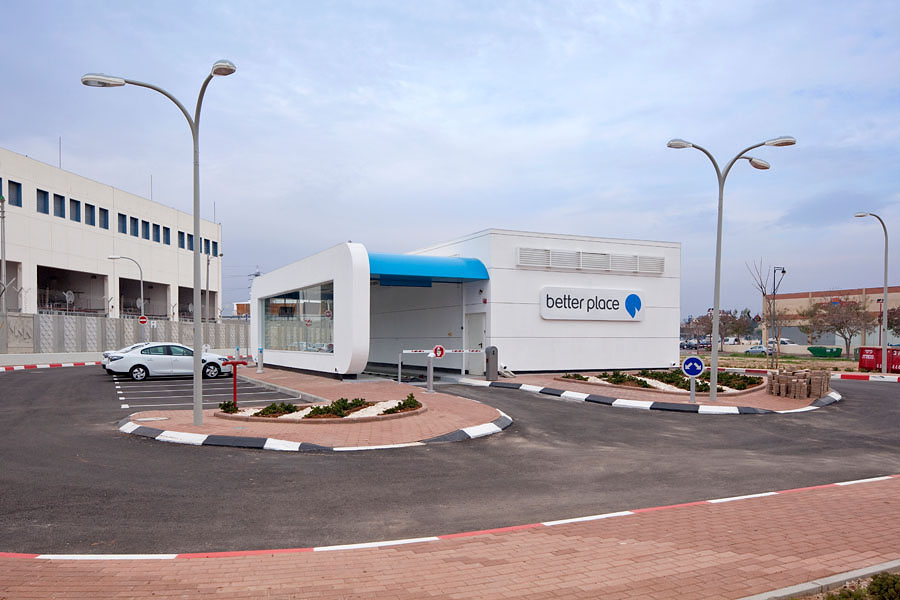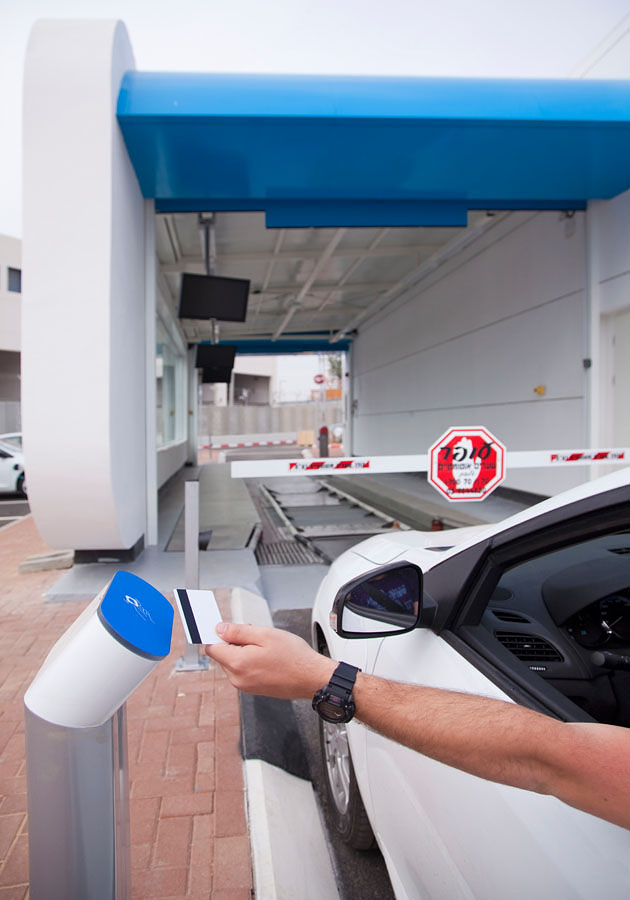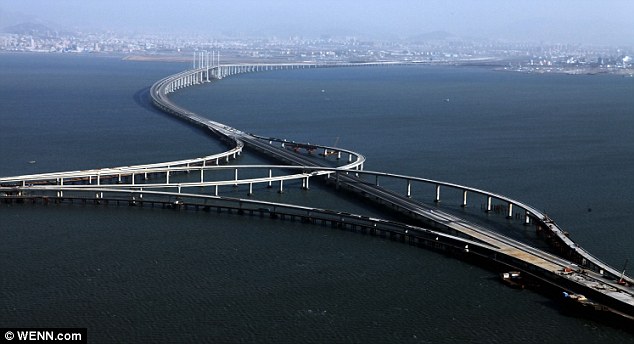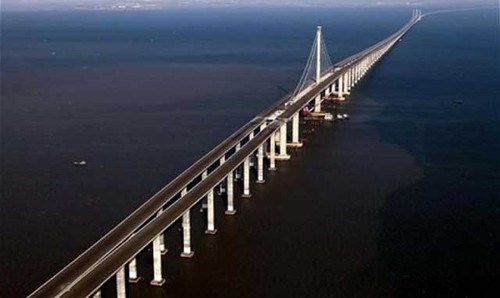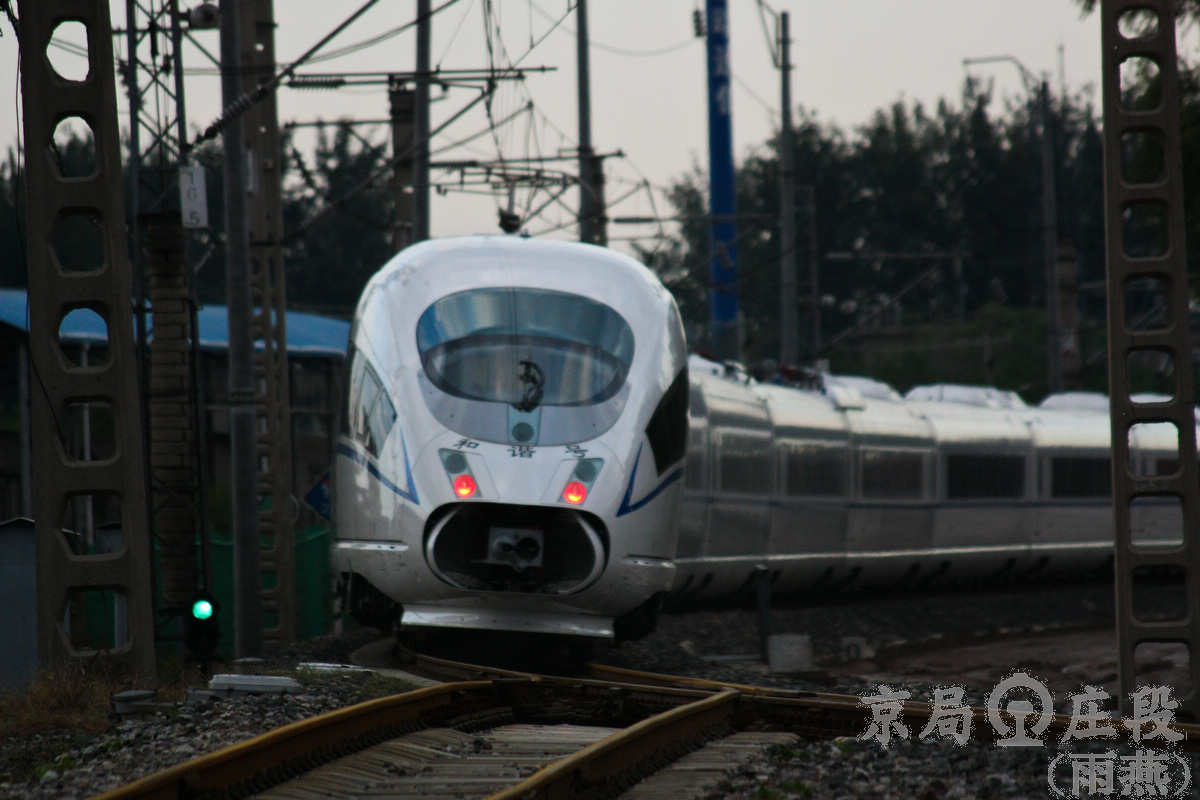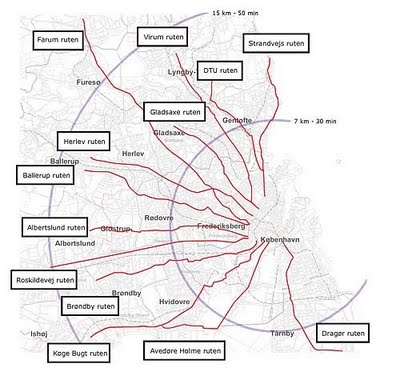Future of Refueling Got a Little Closer! Better Place’s Battery-Swap Station Deployed in Israel (video)
(Source: Gas 2.0)
One of the biggest hurdles for market penetration for the Electric Vehicles (EV) is the charging times associated with the batteries in the vehicles. Some of these batteries take up to several hours (4hrs to 8hrs) for a full charge , a.k.a Top off, and continues to remain a big challenge for the manufacturers to convince their buyers. Looking at the existing fleet of vehicles in the market, some question the wisdom behind the EV charging investments. If you pulled up at a gas station along the way it takes roughly 5 minutes to “top off” or fill up your gas tak and get back on the road quickly. With the existing EVs in the market placethis is not possible, at least at this moment. That’s where Shai Agassi’s Better Place excelled with a marvellous idea. Why not just swap the batteries like you would do in a household device. And do it as quickly as you buy a burger at a drive through. Combining the two ideas results in what you can call the Battery Swap Station. For those who wondered aloud about the viability of a business model proposed by Project Better Place, the recent deployment of its Battery-Swap station in Israel should be worth taking note.
Gas 2.0 notes the following:
Project Better Place’s Israeli facility released this video of the battery swapper in action, effectively “topping off” the electric car with a simple swipe of a card in about the same time it would take to top-off a conventional ICE car. The stations themselves are designed to be modular in construction, and compatible with several different EVs – although they are presumably leaning heavily towards batteries powering Renault/Nissan’s EVs.
The Truth About Cars blog reports that 8 more Better Place battery-swap stations are currently in construction, and the company hopes to eventually have 40 similar stations operational throughout Israel.
Click here to learn more about the project.
Editor’s note: Until the battery technology is refined to the point where charging times are on par with the time it takes for filling up a gas tank in the conventional car, this approach seems prudent and better suited for rapid deployment. Oh, on a related note – if this model were to be deployed in the US, I presume it would have a slight twist. The stations will be designed to sell you a burger while you swap the batteries, which means you can see an integrated refueling station for the vehicle and the driver, just like how we have it now in the Gas Stations with convenience store options. Wouldn’t that be ironic to have a Better Place Charging Station co-located with a burger joint like Burger King or McDonalds? Haha! Oh, come on. I know you not heard many people say that: McDonalds is not a Better Place.


